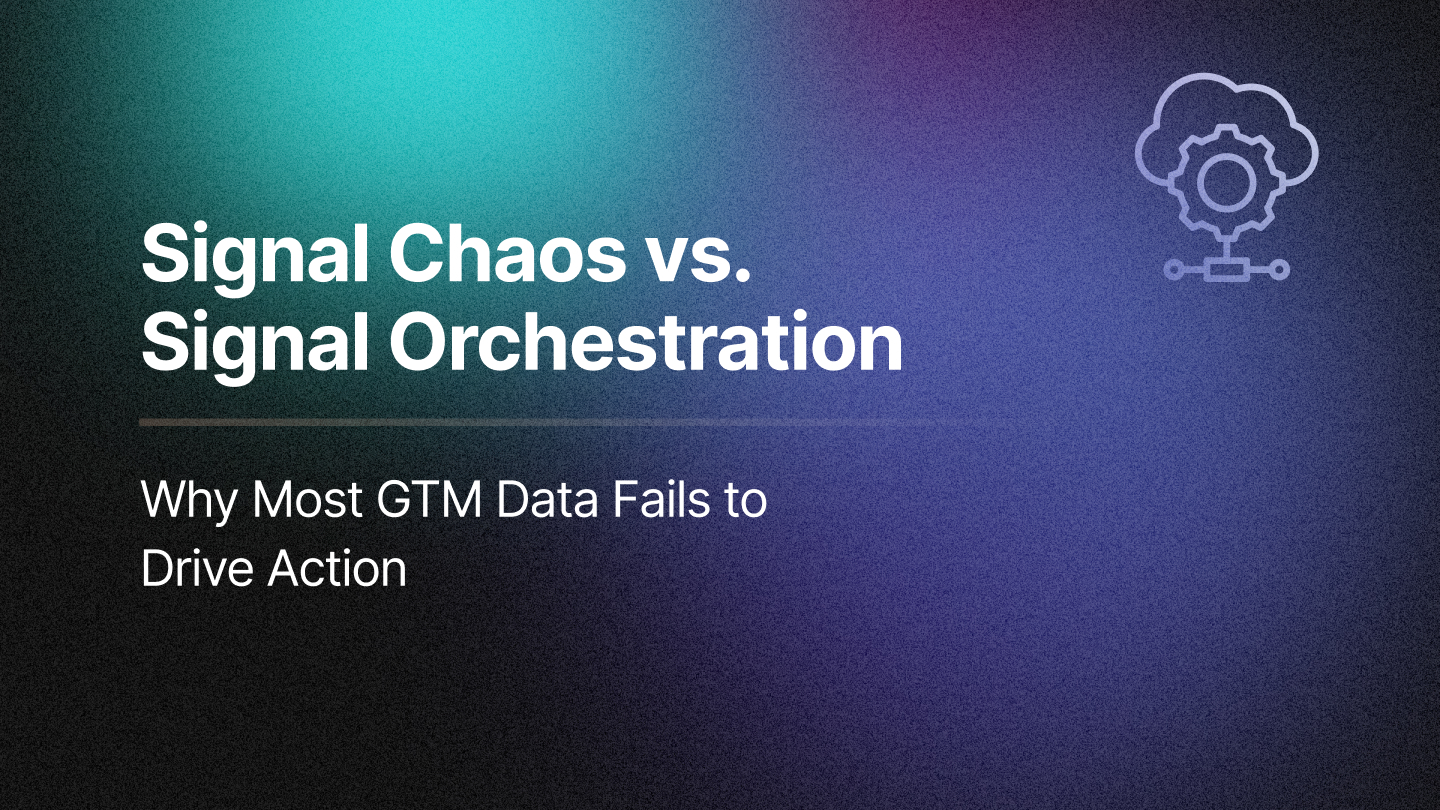Attribution has always been framed as a reporting exercise, a way to prove marketing’s contribution. But in reality, attribution is a journey of maturity. It evolves from tactical reporting to strategic foresight, and eventually to automated orchestration where AI determines not just what happened but what to do next.
The problem is that most teams never make it past the early rungs of this ladder. According to The State of B2B Attribution 2025, nearly 90% of marketers are stuck at reactive or foundational levels. They’re still using single-touch, basic multi-touch, or siloed attribution methods. Only a small fraction have advanced to predictive or agentic attribution, where models don’t just measure but actively guide decisions.
The Attribution Maturity Ladder provides a framework to benchmark where your organization sits today, and more importantly, what it will take to climb higher.
The Four Stages of Attribution Maturity
There are four stages that define the progression from tactical reporting to strategic orchestration:
1. Reactive
- What it looks like: Last-touch or siloed attribution buried in CRM or MAP reports. Metrics rarely go beyond lead counts.
- Strategic focus: Introduce multi-touch tracking and basic funnel mapping.
- Risks: Channel bias, low ROI visibility, and credibility gaps with sales and finance.
2. Foundational
- What it looks like: Multi-touch attribution connected to CRM, with basic funnel-stage reporting.
- Strategic focus: Add time-decay weighting, expand attribution beyond top of funnel, and tie marketing influence to opportunities.
- Risks: Limited ability to reflect funnel velocity, lack of predictive power, and weak alignment across GTM teams.
3. Predictive
- What it looks like: AI-driven modeling, behavior-weighted scoring, and tracking of funnel velocity.
- Strategic focus: Forecast contribution, predict conversion likelihoods, and align budget allocation with pipeline outcomes.
- Risks: If predictive insights remain siloed in marketing, the broader GTM engine doesn’t benefit.
4. Agentic
- What it looks like: Always-on orchestration, with AI agents prioritizing campaigns, allocating spend, and triggering next-best actions.
- Strategic focus: Run attribution as a system of action, not just reporting.
- Opportunities: Marketing shifts from proving value to being a proactive growth driver at the core of GTM strategy.
Where Teams Sit Today
The survey data shows the reality: nearly nine in ten teams remain at the lower rungs. About 90% are reactive or foundational, while only 10% are operating at a predictive level. Agentic attribution, where AI actively orchestrates GTM execution, is emerging but still rare.
This imbalance explains why so many marketing teams struggle in budget conversations. Stuck in reactive reporting, they can’t demonstrate pipeline foresight, and without foresight, they can’t guide investment. Attribution remains an afterthought rather than a lever for growth.
Why Moving Up the Ladder Matters
Remaining reactive locks marketing into a defensive posture. Dashboards become “proof decks” for board meetings rather than tools to shape growth. Foundational maturity is an improvement, but it still leaves attribution in the realm of retrospective measurement.
The real shift comes at the predictive and agentic levels. Predictive attribution allows marketing to speak the same language as finance and sales, using data to forecast not just contribution but future outcomes. Agentic attribution goes further, transforming attribution into a decision-making system where AI suggests spend shifts, prioritizes accounts, and adjusts plays in real time.
Boards and CROs are no longer satisfied with activity metrics; they want pipeline accountability and precision forecasting. Climbing the ladder isn’t optional. It’s the difference between marketing being seen as a cost center and being trusted as a growth architect.
RevSure: Accelerating the Climb
RevSure’s Full-Funnel Data Platform is designed to help teams progress up this ladder faster. It integrates siloed data from CRM, MAP, events, and ad platforms, harmonizing touchpoints into a single source of truth.
Capabilities like Pipeline Projections allow teams to forecast which accounts will convert in the next 30–60 days, aligning marketing with sales capacity. The Journey Tracker illuminates multi-threaded buying group influence, making stakeholder impact visible across the funnel. And RevSure’s AI-driven attribution engine dynamically weights touchpoints by behavior and funnel velocity, creating attribution models that evolve with the business.
In short: RevSure operationalizes attribution maturity. It doesn’t just report on the past — it enables marketing to guide the future.
Action Plan: Climb the Ladder in 90 Days
Attribution maturity doesn’t require a two-year transformation plan. With the right priorities, teams can advance meaningfully in just three months:
- Days 1–30: Audit attribution gaps, clean up UTM tracking, and align stakeholders on shared definitions of funnel stages and goals.
- Days 31–60: Connect CRM, MAP, and ad platforms; implement first-party tracking SDKs to capture early-funnel engagement.
- Days 61–90: Pilot predictive attribution on active campaigns, benchmark conversion confidence, and present ROI insights to leadership.
This phased approach balances foundational hygiene with strategic progress, ensuring momentum without overwhelming the GTM team.
Final Thought: From Reporting to Orchestration
Attribution maturity is not about finding the perfect model; it’s about evolving attribution into the engine of GTM decision-making. Reactive attribution tells you what happened. Foundational attribution shows you where it happened. Predictive attribution tells you what will likely happen. And agentic attribution tells you what to do next.
The sooner your team climbs this ladder, the sooner you move from defending spend to orchestrating growth. The organizations that make this leap will transform attribution from a cost-justification exercise into a competitive advantage.
Want to benchmark your attribution maturity? Download The State of B2B Attribution 2025 for survey benchmarks, frameworks, and a 90-day roadmap to climb the ladder.
Related Blogs







